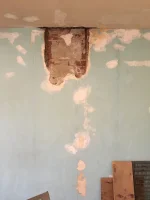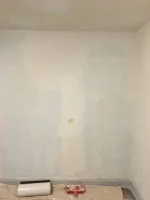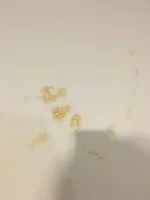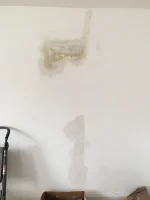Hi
We took out our chimney breast 2 weeks ago and re plastered the whole room along with it. 2 weeks on, the 3 walls are dry as pie but the chimney wall is around 95% dry all around, but the 5% in the middle is still wet (ish). There seems to be quite a few blob shapes that are dark and look wet. Does anyone know what this could be, if its summit serious, and how long u think it'll take to dry. Ive primed the other walls but cnt do anything further as im waiting on this wall to dry. Please help x
We took out our chimney breast 2 weeks ago and re plastered the whole room along with it. 2 weeks on, the 3 walls are dry as pie but the chimney wall is around 95% dry all around, but the 5% in the middle is still wet (ish). There seems to be quite a few blob shapes that are dark and look wet. Does anyone know what this could be, if its summit serious, and how long u think it'll take to dry. Ive primed the other walls but cnt do anything further as im waiting on this wall to dry. Please help x




